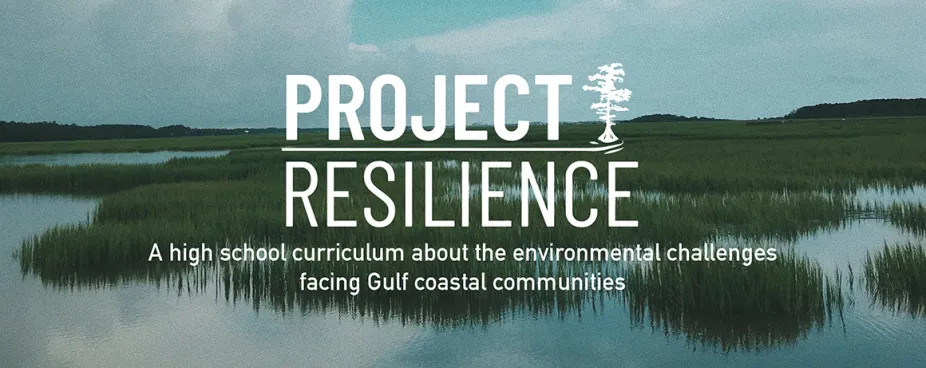Lesson 6 - Project Resilience

Lesson 6: Addressing Coastal Land Loss
Students investigate the various projects included in Louisiana’s Coastal Master Plan and the LA SAFE adaptation plans to determine the impacts of these projects on coastal communities.
Lesson 6 is divided into four parts, each intended for about a day of instruction time. A lesson plan, including teacher instructions, for each part is linked below:
- Lesson 6: Part 1: Multiple Lines of Defense - Students will be able to identify CPRA projects along the coast and understand the impacts of these projects on the flood risk of coastal communities.
- Lesson 6: Part 2: Adapting for the Future - Students will use the LA-SAFE Adaptation Plan to identify the difficulties associated with creating adaptation plans for Louisiana’s coastal communities.
- Lesson 6: Part 3: Reducing the Risks - Students will use flood risk scenarios from three Louisiana parishes to investigate types of risk reduction projects and understand how community factors impact the selection of the community’s risk reduction projects.
- Lesson 6: Part 4: Analyzing Adaptation Plans - Students will understand the environmental threats for Terrebonne Parish and investigate the effectiveness of the proposed LA SAFE adaptation plan.
Note: A field trip to visit local adaptation projects in your community is suggested as an extension to Lesson 6: Part 3 - Reducing the Risks. If possible, plan to take the field trip before beginning Lesson 7. An activity write up of the field trip taken during the Project Resilience pilot project is provided as an example should you decide to create a field trip for your students.
- This optional field trip portion of the curriculum can be done in-person (highly recommended if you are local to this area), or virtually using the ArcGIS StoryMap guided tour. Students can also create their own resilience ArcGIS StoryMaps for their local area, using this as an example.
Time Required
- Teacher Preparation Time: approximately 50 min
- Part 1: 50 minutes
- Part 2: 50 minutes
- Part 3: 50 minutes
- Part 4: 50 minutes
Standards
Louisiana Student Standards for Science:
- HS-EVS1-2: Obtain, evaluate and communicate the effectiveness of management or conservation practices for one of Louisiana’s natural resources with respect to common considerations such as social, economic, technological, and influencing political factors over the past 50 years.
- HS-EVS1-3: Analyze and interpret data about the consequences of environmental decisions to determine the risk-benefit values of actions and practices implemented for selected issues.
Additional Dimensions:
- Science and Engineering Practices: Constructing Explanations and Designing Solutions
- Disciplinary Core Ideas: ETS1.B: Developing Possible Solutions
- Crosscutting Concepts: Influence of Science, Engineering, and Technology on Society and the Natural World